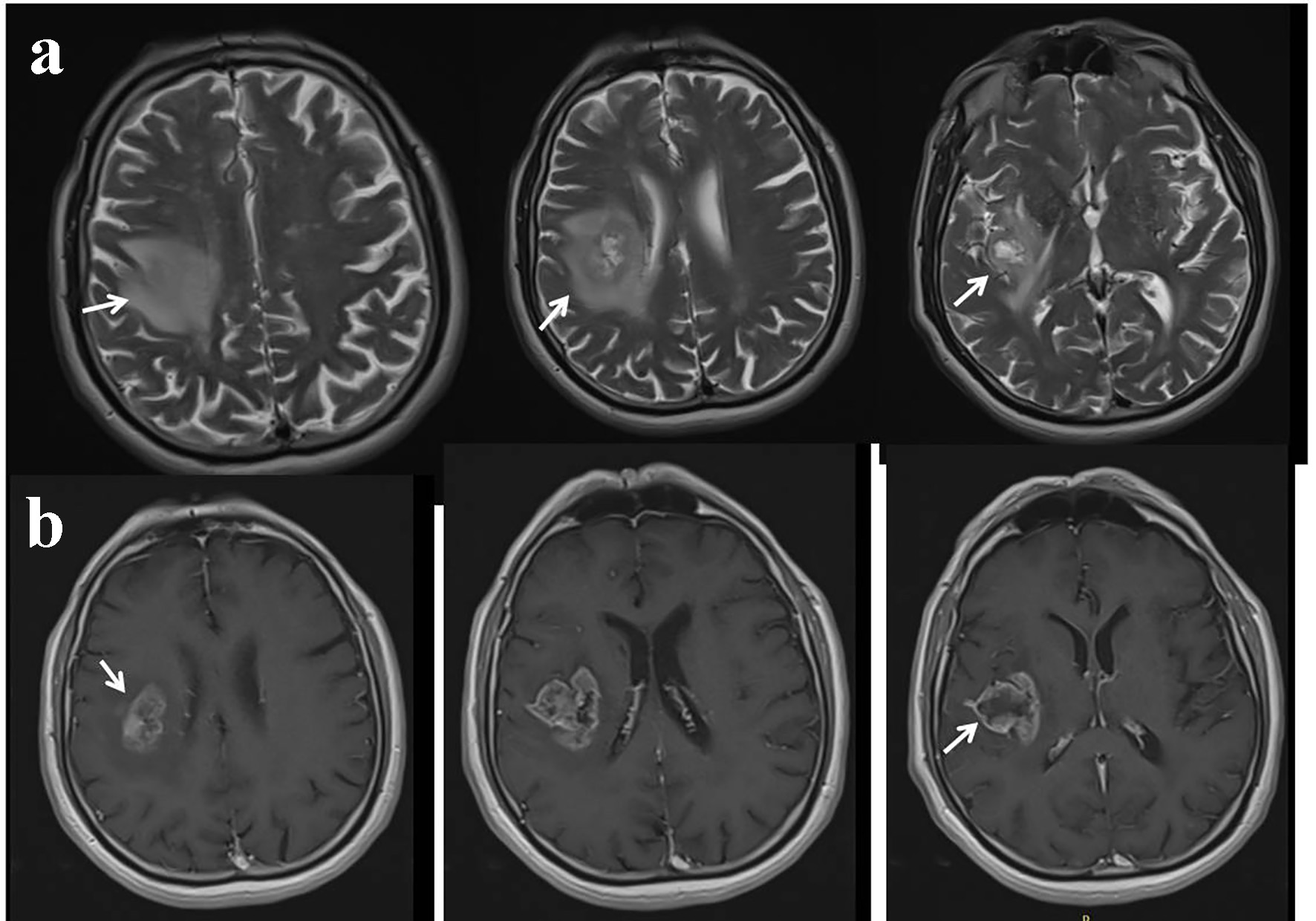


* All nine strokes occurred in the territory of the stented artery. Patients who did not meet the FDA-approved indications for use Patients who met the FDA-approved indications for use The following table lists the rates of stroke or death between these two groups. There was a higher incidence of stroke or death within 72 hours of the procedure when the Wingspan was used in patients outside of the FDA-approved indications for use. Of the 198 patients treated, 152 patients met the FDA-approved indications for use criteria, and 46 patients did not meet the approved indications for use criteria. A total of 198 patients were treated using Wingspan in the study. The study obtained Institutional Review Board approval and was conducted at 24 clinical sites in the United States to further assess the rates of stroke or death within 72 hours of the Wingspan Stent placement procedure. The WEAVE study was designed as a prospective, single arm, multi-center study. The WEAVE study was recently completed and showed a higher incidence of stroke or death when the Wingspan was used outside of the FDA-approved indications for use. The FDA also publicly informed health care providers and patients about the revised labeling based on the review of available safety information. In addition, the FDA ordered Stryker to conduct a postmarket surveillance study (Section 522 study), and Stryker initiated the WEAVE study to fulfill the Section 522 study requirement.
#Icad medical stroke update#
In 2012, the FDA worked with Stryker to update their labeling for the Wingspan device, which included revised indications for use (noted above), based on safety information reviewed and feedback received during a public FDA Neurological Devices Panel of the Medical Devices Advisory Committee meeting held on March 23, 2012. The FDA is providing results from the mandated postmarket surveillance study (Section 522 study) entitled " Wingspan StEnt System PostmArket SurVEillance (WEAVE)" to inform health care providers and patients that a significantly higher incidence of stroke or death occurred within 72 hours of the procedure when the Wingspan was used in patients outside of the FDA-approved indications for use. Generally, a patient may be treated with Wingspan only if the treating physician has received Institutional Review Board (IRB) approval to use the Wingspan at the clinical site. Humanitarian Use Devices (HUD) eligible for the HDE regulatory pathway are intended to treat or diagnose a disease or condition that affects not more than 8,000 people in the United States per year. Wingspan is approved through the Humanitarian Device Exemption (HDE) regulatory pathway. Lower scores indicate less or no disability. The Rankin scale is used to measure the degree of disability at the time of evaluation.


Intracranial arterial stenosis, or narrowing of arteries, is a serious condition caused by a buildup of plaque within the intracranial arteries. Stryker’s Wingspan Stent System (Wingspan) is used to open narrowed arteries in the brain of patients diagnosed with intracranial stenosis who are experiencing repeated strokes. Neurointervention, Neurology, Neurosurgery, Neuroradiology Product Institutional Review Boards (IRBs) who approve the use of the Wingspan device.Patients with intracranial arterial stenosis.Health Care Providers: Neurologists, neurosurgeons, and neuroradiologists who perform neurointerventional procedures.


 0 kommentar(er)
0 kommentar(er)
